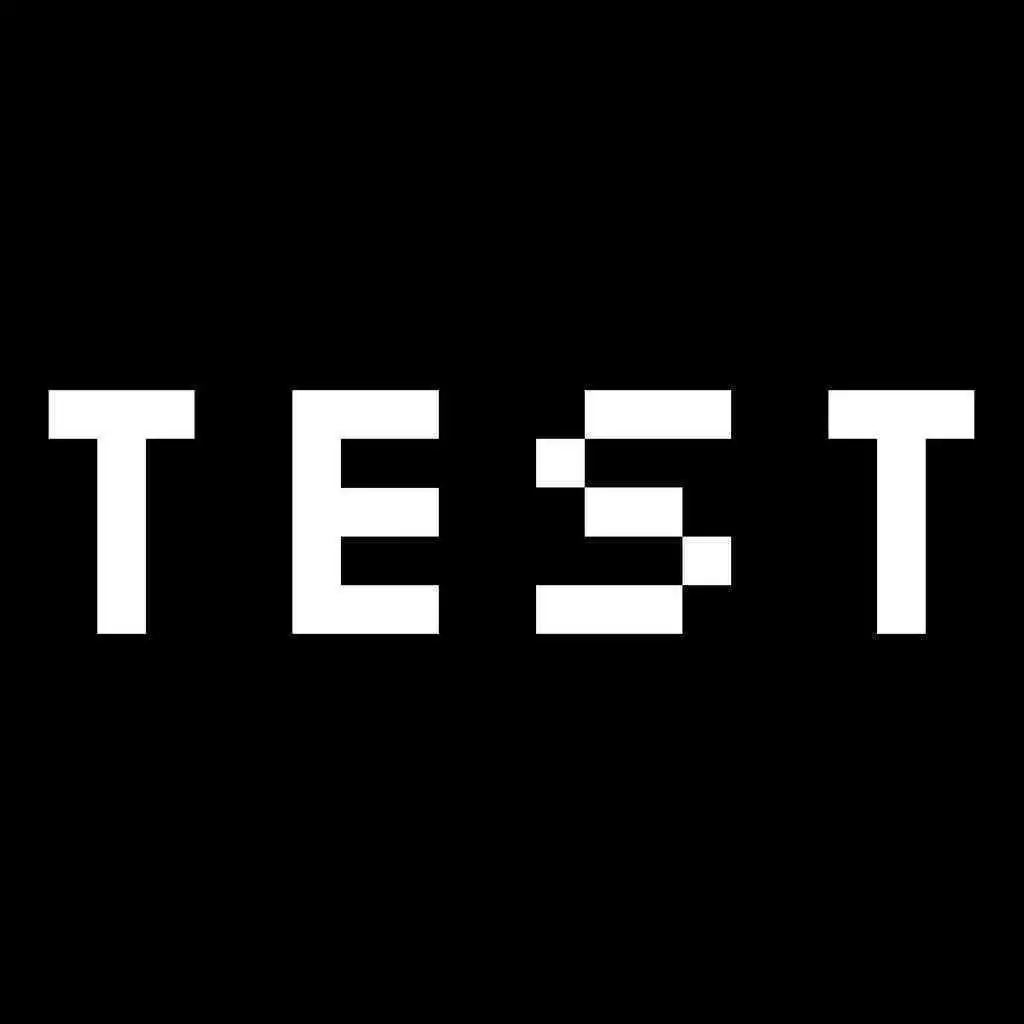
Celiac.com 04/25/2017 - A recent issue of JAMA, the US Preventive Services Task Force (USPSTF) critically examines screening for celiac disease in asymptomatic adults, adolescents, and children.
Celiac disease exhibits a broad spectrum of symptoms, from subtle or no symptoms to severe malabsorption. Celiac diagnoses have increased significantly over the past few decades, in part because of greater awareness, but possibly because of an actual increase in disease rates. Researchers estimate current rates of celiac disease at 0.71% among US adults, and 0.76% among US children.
Celiac.com Sponsor (A12):
However, most celiac disease in the population remains undetected, despite wide availability of accurate serologic tests. Screening may be a good way to detect the disease, especially in people who have known risk factors, but have not yet developed symptoms. Noting a profound lack of supporting evidence in the medical literature, the USPSTF states bluntly that "the current evidence is insufficient to assess the balance of benefits and harms of screening for celiac disease in asymptomatic persons." The group recommends more research in this area.
USPSTF admits its review of this topic might be criticized as premature, but emphasizes the need for data to provide direction with regards to best practices. The group used rigorous methodology to assess the effectiveness of celiac disease screening in an asymptomatic population, and found the resulting evidence to be thin in inconclusive. Their conclusion and recommendation will likely disappoint numerous clinicians, and more than a few patients.
By design, the task force focuses solely on asymptomatic persons, or persons with unrecognized symptoms. They note that screening the general population could potentially detect not only asymptomatic patients, but also patients who lack typical symptoms such as weight loss, diarrhea, or malabsorption.
In summary, current evidence on the effectiveness of screening for celiac disease in asymptomatic populations is scarce or absent and certainly insufficient to recommend for or against screening, as indicated in the USPSTF Recommendation Statement.
Remember, the USPSTF is not anti-screening, they are pro-screening evidence. Since most celiac disease is undetected, and may present with variable symptoms, the group states that it is "reasonable that clinicians should have a low threshold for testing for celiac disease, especially in high-risk populations such as those with an affected family member or type 1 diabetes mellitus."
Clinicians should routinely seek information on the patient’s family history of celiac disease.
As celiac testing becomes easier and cheaper, and as gluten-free food becomes more available, it becomes more important for researchers provide the data to determine the best practices for screening and treating celiac disease.
They stress the need for more comprehensive studies to assess best celiac screening practices in both high-risk groups, and in the general population, which includes most people with undetected celiac disease.
The also note the possibility that the rise in gluten-free dieting by people without an official celiac diagnosis might be an indication of the uncertainty of current screening and diagnostic approaches.
Source:



.webp.5ded5cf9c5673f16c5f77249cafb5390.webp)




Recommended Comments
Create an account or sign in to comment
You need to be a member in order to leave a comment
Create an account
Sign up for a new account in our community. It's easy!
Register a new accountSign in
Already have an account? Sign in here.
Sign In Now